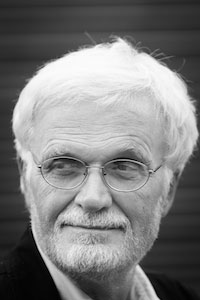Ezio Manzini

For more than two decades he has been working in the field of design for sustainability. Most recently, his interests have focussed on social innovation, considered as a major driver of sustainable changes. In this perspective he started DESIS: an international network of schools of design specifically active in the field of design for social innovation and sustainability (https://www.desis-network.org ). Presently, he is Chair Professor of Design for Social Innovation at the University of the Arts London (London), Honorary Professor at the Politecnico di Milano and Guest Professor at Tongji University (Shanghai) and Jiangnan University (Wuxi). In addition to his continuous involvement in the design for sustainability arena, he has explored and promoted design potentialities in different fields, such as: Design of Materials, in the 80s; Strategic Design, in the 90s (starting a Master in Strategic Design); Service Design, in the last ten years (starting the specific courses in Service Design). His most recent book is “Design, When Everybody Designs. An Introduction to Design for Social Innovation”, MIT Press 2015.
Connecting diversities: displacement, social innovation and design
The migration issue is here to stay in Europe and worldwide. Europe is and will be in the next decades, the place-to-go for several millions people. The challenge is to think this perspective not as a threat, but as an opportunity. That is, to imagine how migration can become a driver of innovation towards a younger, dynamic, cosmopolitan and, at the end of the day, more resilient Europe. Of course, nobody today can have a clear and precise idea on if and how this positive perspective could become real. Therefore, the only wise move to do is to consider this broad view, i.e. the possibility of a new cosmopolitan Europe, as a design-orienting scenario: a shared vision on the basis of which to experiment local solutions, to discuss them and to use them to feed a broad social learning process. “Connecting diversities” is an exploration, done in a design perspective, of how collaboration between migrants and residents can strength the social fabric. And, more precisely, how collaborative services (intended as result-oriented collaborations among different actors) can produce a multiple value: the social, cultural economic value generated by this positive and creative interaction.